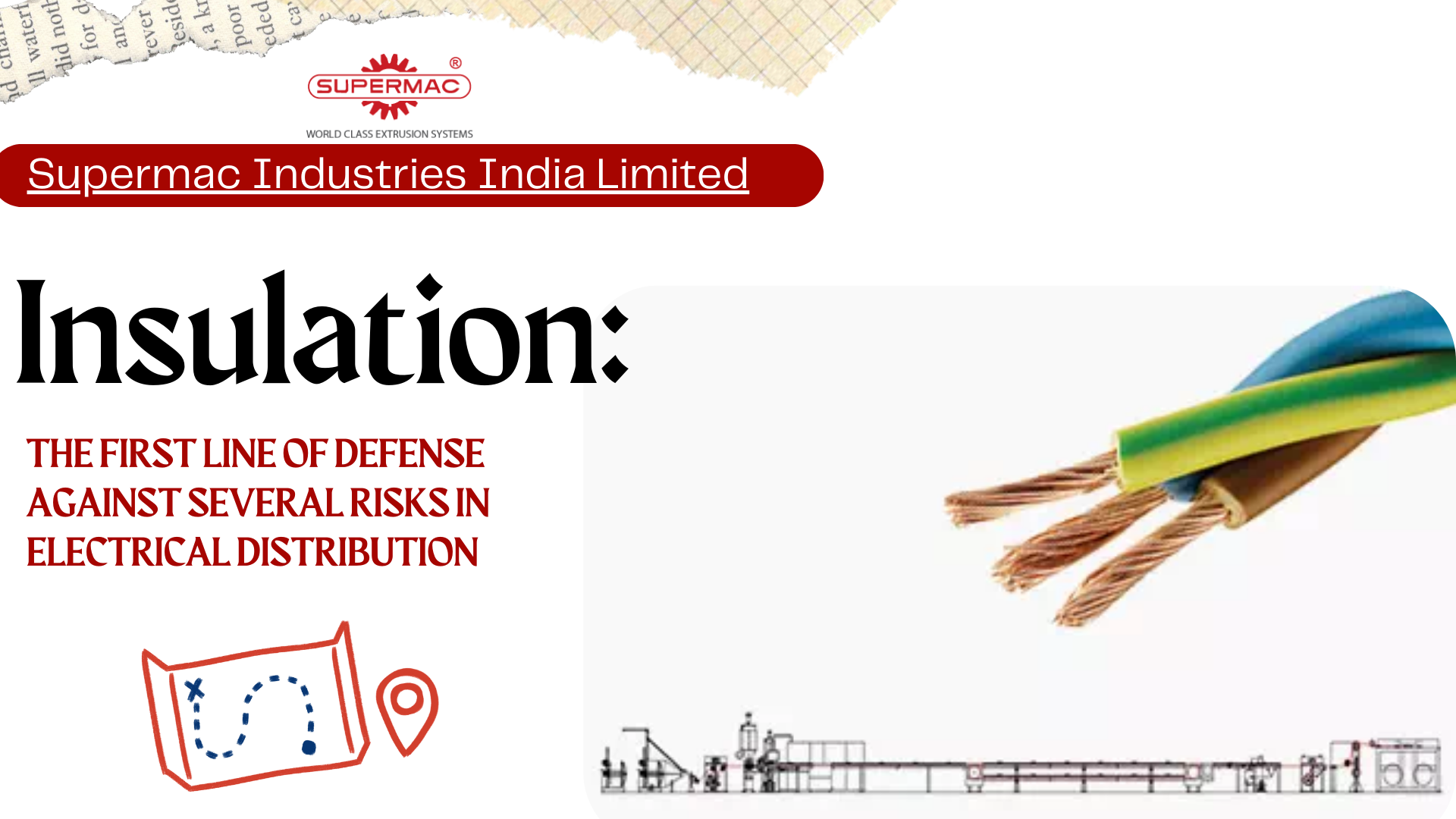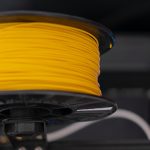Insulation in wires and cables is extremely crucial. Just think about the hidden energy that flows through our homes, offices, and infrastructure. The simple yet essential insulation protects these unseen streams.
You can also imagine the shimmering copper and aluminum power and communications networks. Insulation, that simple yet heroic protector, shelters these iron arteries like a mother cradling her kid. Insulation in XLPE, PVC, XLPO, Sioplas XLPE , rubber, Fluorocarbons like Teflon protects against nature and time. It withstands dampness, mouse chewing, and unrelenting wear and tear.
Insulation in simple words is a safety hero in the realm of wires and cables. It protects against short circuits and electric shocks. Insulation also protects humans and expensive equipment against electrical failures in industrial establishments with gigantic machines whirling and humming. Insulation improves electric efficiency and purity beyond its protective duty. It prevents current leakage, maintaining energy transmission reliability. It protects signals during data transport, ensuring clear, precise digital communications.
Insulation has a charm, sometimes overlooked in its practical role. The colorful insulated wires, each hue a brushstroke in a magnificent artwork, help organize complicated electrical networks. This symphony of hues helps identify and celebrates human creativity and exquisite workmanship by balancing form and function. The modest and majestic significance of wire and cable insulation in the vast realm of technological growth keeps our electric world running smoothly and safely.
Understanding the insulation line for power cables?
The power cable insulation line is a beacon of safety and efficiency in electrical engineering, where electricity permeates our lives. This unsung hero, frequently concealed, keeps our civilization’s electric lifeblood flowing smoothly. The insulation line’s history is driven by creativity, protection, and essential function. The insulating line:
● Guards the conductive cores material and
● Protects the raw power within from the outside.
What makes up the as an example few protective layer includes:
● Cross-linked polyethylene (XLPE)
● Ethylene propylene rubber (EPR), and
● Polyvinyl chloride (PVC).
Ensured through the insulation line for power cables, insulation is the first line of defense against several risks in electrical distribution. It protects the conductive material from moisture, which might cause short circuits or corrosion. It protects against mechanical stress, abrasion, and rat chewing. The insulating line also resists chemical assault, keeping the cable intact in oils, acids, and other corrosives. The insulating line is also crucial to thermal management. Power lines carry high currents, which produce heat from electrical resistance. Thus, the insulating material must be thermally stable and endure high temperatures. This keeps the wire running effectively during its lifetime, preserving power transmission and reducing overheating and fires.
Insulation is a wonder of technical accuracy and elegance beyond protection. Selecting and applying insulating materials requires precision to provide equal coverage and thickness. Advanced manufacturing procedures including extrusion and cross-linking improve material characteristics and create a seamless layer. An insulation line for power cables suppliers assumes a critical role in it.
The insulating characteristics silently streamline electrons in the conductive core, guaranteeing elegant and regulated electrical flow. It reduces electrical interference and transmission degradation by preventing cable contact. The insulation ensured through the insulation line for power cables improves the stability and performance of our electrical infrastructure, from long-distance high-voltage transmission lines to complex distribution networks that power our homes and businesses.
The power cable insulation line is a key character in the realm of technological advancement. It protects the energy supply that powers our contemporary world with safety, efficiency, and durability. The insulating line quietly celebrates human ingenuity and the pursuit of perfection in harnessing and controlling energy.
The significance of insulation in wires and cables at a glance
Ensured through the insulation line for power cables, wire and cable insulation protects and strengthens sensitive filaments. A blend of safety, efficiency, and durability, its benefits are many. First, insulation protects against electrical problems. It guards against short circuits and electrical fires by preventing electrons from deviating from their route. Insulation protects a cable from current chaos, making it reliable. It efficiently conducts power with little loss.
Encapsulating the conductor insulated core in an insulating sheath reduces energy dissipation, ensuring that the power arrives intact. Insulation streamlines the smooth electrical transmission while blending it all with higher productivity. Insulation protects wires and cables from environmental abuse. Insulation shields fragile filaments from the environment and time, whether it’s the burning heat or the frigid winter. It strengthens the wire like a coat of armor, making it storm-resistant.
Insulation also makes handling wires and cables silky. Smooth and elegant, it turns a maze of metallic tendrils into a soothing velvety hug. The tactile appeal increases the visual appeal and makes the installation a delight rather than a work. In fact, wire and cable insulation is a combination of safety, efficiency, and lifespan. It is the quiet sentinel that protects against electrical hazards, the maestro that conducts efficiency, and the armor that resists time and environment. It protects and beautifies wires and cables, turning them into electrical masterpieces.
The rapid growth of India’s wire and cable industry
India’s wires and cable industry has grown rapidly with the country’s ambitious development goals. This industry is a foundation of India’s industrial environment due to rapid infrastructural construction, urbanization, and an insatiable desire for energy. India’s growing population and fast urbanization are driving this dramatic surge in power demand. As cities and industries grow, electricity transmission and distribution infrastructure demand is insatiable. This insatiable need has caused a massive increase in the need for wires and cables, which power the nation’s cities and rural areas.
With this demand rise, the wires and cable industry has transformed into a persistent quest for innovation and technical improvement. Indian manufacturers have raised quality and efficiency standards by using superior-quality raw materials and cutting-edge production methods to ensure that each cable pulsates with energy reliably and efficiently.
Concluding Remarks
In 1974, Harbhajan Singh and Kamarjit Singh founded Supermac Industries India Limited to be a leading provider of production equipment and process technology to extrusion companies globally. Mr. Jasvinder Singh and Mr. Baljinder Singh, their descendants, continued their goals. Today, the company serves electricity, optical fiber, home wiring control cables, and medical lines. Since its founding, innovation has driven Supermac’s success. The company has repeatedly set the industry standard for developing new methods to satisfy new market needs. A solid product portfolio and an experienced, devoted sales staff have made the Supermac a global force.





